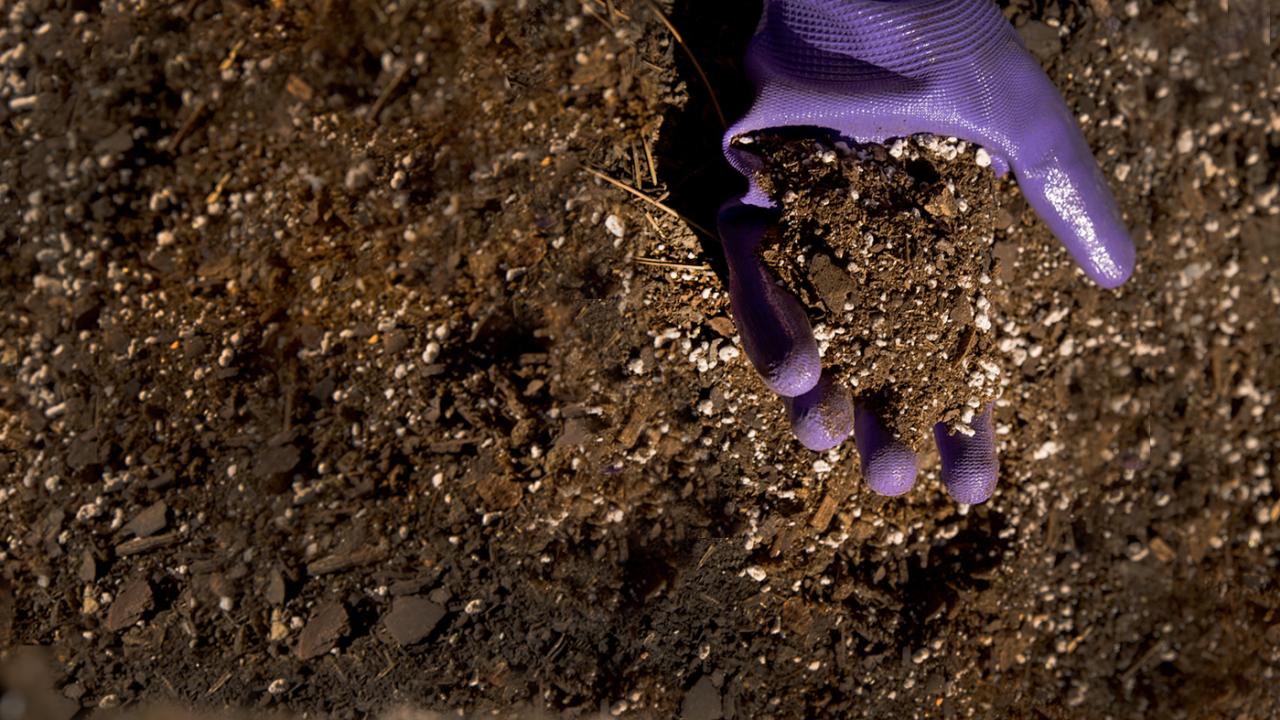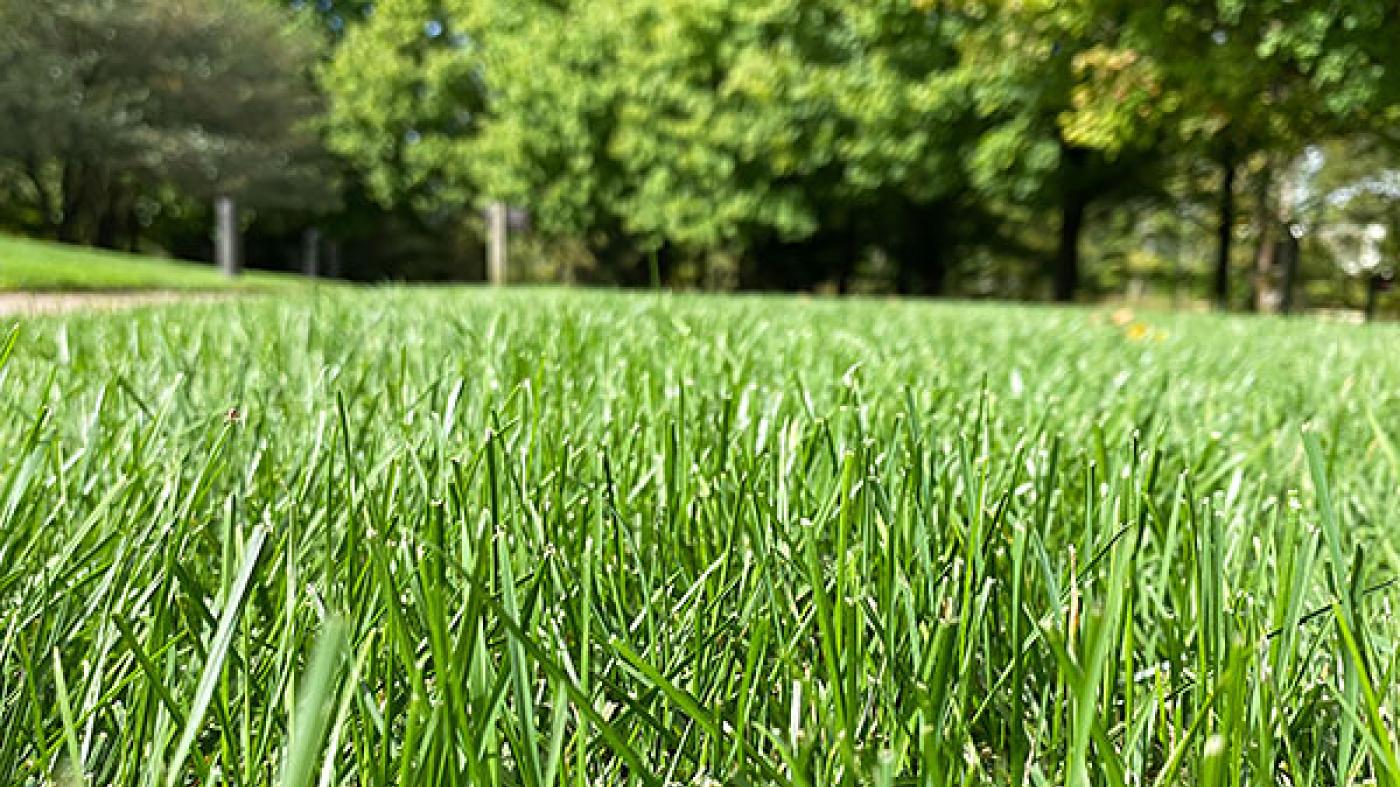
Lawn Care
Lawn Care

Lawn Care
Crab grass control can be spread on lawns in early to mid-April before weeds germinate. For severe problems, a second application might be necessary in early June.

Lawn Care
Mow grass for the last time and cut the grass quite short. This helps prevent winter injury and reduces snow mold fungus. Don’t mow if grass has gone dormant. Mold and fungus can develop in shady grass areas if excess garden debris or fallen leaves are left on grass over winter.
Avoid walking on frozen grass. This breaks grass blades and mats down turf, creating paths.

Lawn Care
Fertilize lawns for a final time early this month with a slow-release organic product high in nitrogen. Chicago area soils are naturally high in potassium and phosphorus, and most lawns don’t require more. This nitrogen application will help lawns retain green color longer in winter and color up faster in early spring.
Try to avoid walking on frozen turf; this breaks grass blades.

Lawn Care
If not done in September, fertilize lawns with a slow-release, organic fertilizer with a 4-1-2 or 3-1-2 ratio. The final application of high-nitrogen fertilizer should be applied in November. This late treatment will help the grass to green up faster in spring.
Continue to mow lawns at 2½ to 3 inches. Grass clippings may be added directly to compost heap. Avoid adding soaking wet clippings to compost.

Lawn Care
Early this month, entire lawns or bare patches may be seeded with appropriate grass seed mix.

Lawn Care
Do not fertilize lawns in summer. Early fall is the best time to apply a 3-1-2 ratio fertilizer.
During drought or times of water conservation, turf will go dormant, but the grass plants’ crowns will remain alive with only 1 inch of water.
Mow grass at a high level in hot summer, 2½ to 3 inches. Grass clippings can be left on the lawn and gently raked to avoid clumping.

Lawn Care
Cool-season turfgrass should be mowed to a height of 2 to 3 inches. This height can be raised during hot, dry periods or when turf is stressed due to disease, insects, or drought. A general rule of thumb is not to remove more than one-third of turf at one time.

Lawn Care
Mow lawn at 2 to 2½ inches, removing one-third or less of the leaf blade. Leave grass clippings on the lawn to return nutrients to the soil, or add them to compost heap. Rake clippings slightly if they are heavy and wet. If you are applying grass seed, do not use a pre-emergent weed killer in the same area.
Fertilize lawn in mid-May if necessary. Late fall is a preferable time to fertilize. Monitor for weeds and hand pull or spot treat accordingly.


